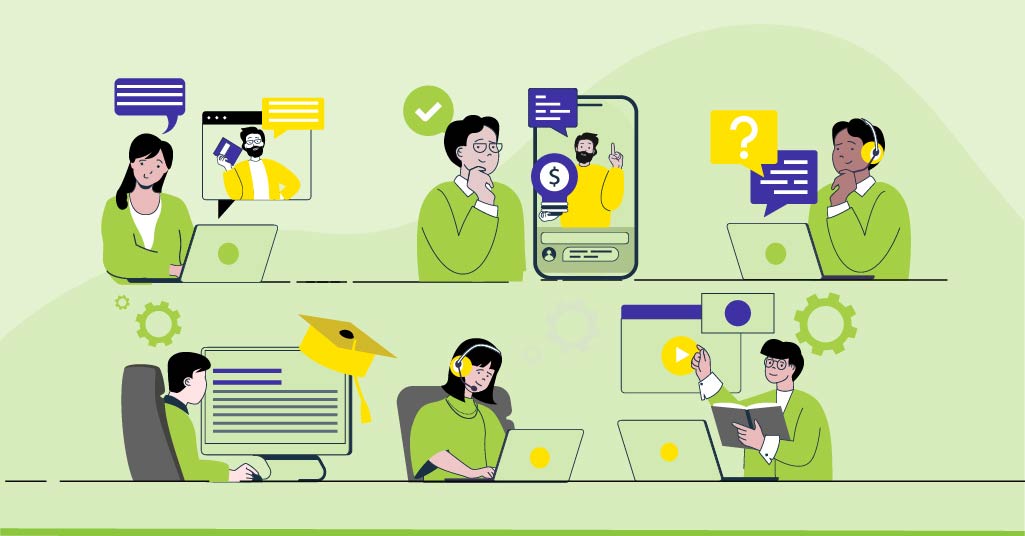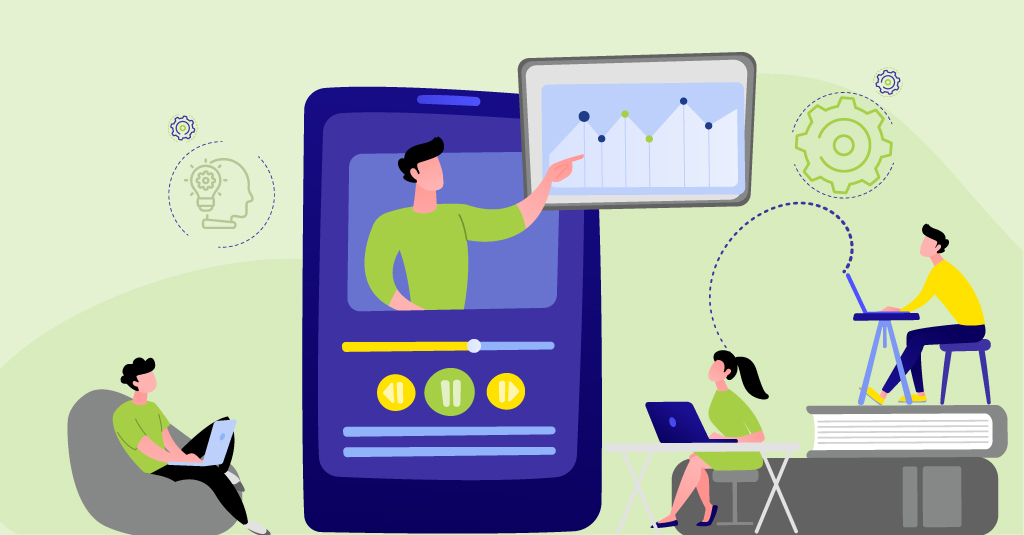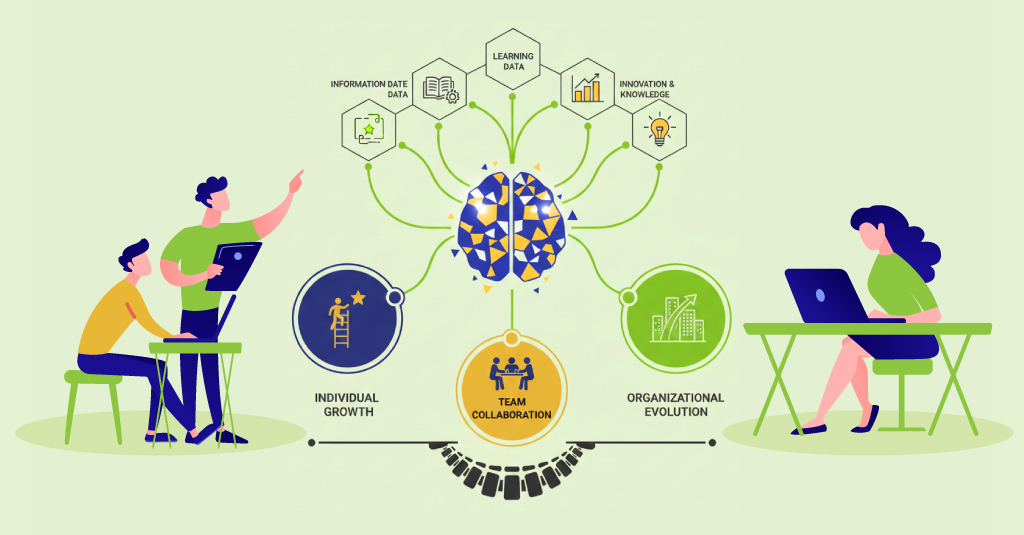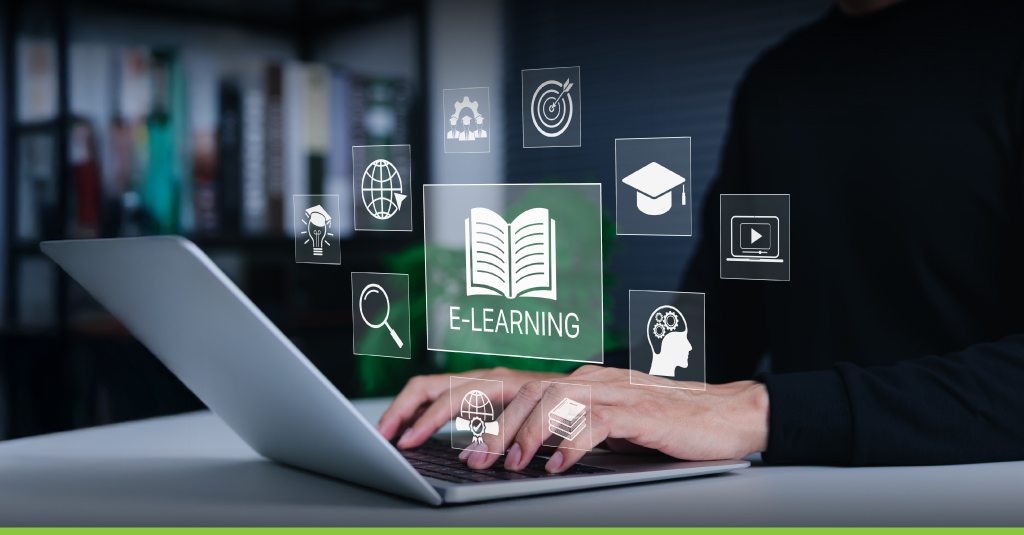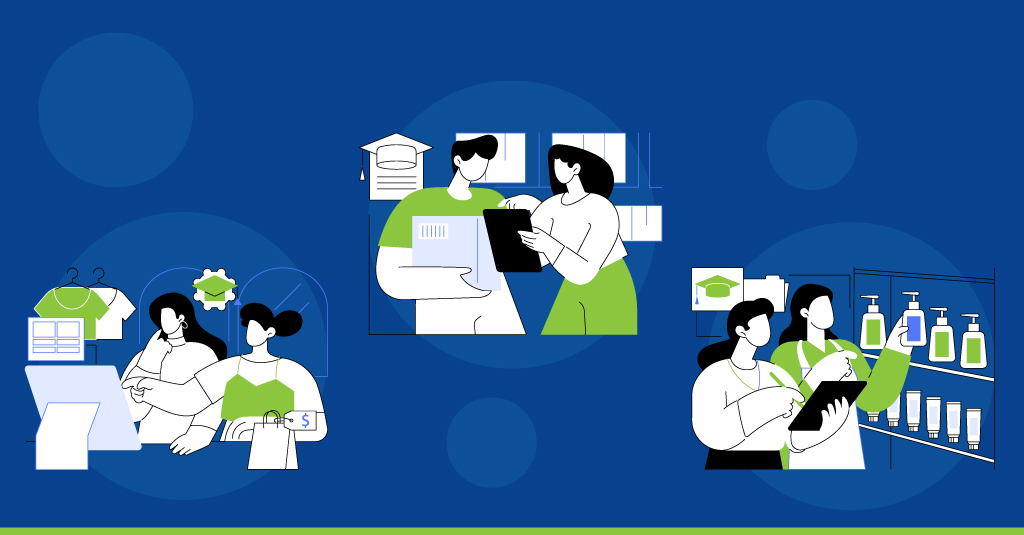Completion rates in India often look stable until the training expands across more than two regions. Then the pattern shifts. Teams start noticing slow navigation in certain modules, uneven quiz scoring, or feedback indicating that some examples feel disconnected from day-to-day work.
These early signals are usually mild, but they show that the material is being read through different linguistic and cultural filters. Whenever this happens at scale, translation stops being sufficient.
Localization becomes a structural requirement rather than a finishing step, and the entire workflow of custom eLearning in India needs to adjust to that reality.

Determining What Localization Actually Means
Many enterprises begin with a narrow definition of localization: translate the English script, maintain the design, and adjust the voiceover. Once production starts, however, inconsistencies appear quickly. The English source text often carries corporate shorthand that does not transfer cleanly. Terms like “close the loop” or “escalate” require several words in Hindi or Tamil, changing tone and screen density.
As the team works through these issues, they notice a second layer forming around cultural context: example scenarios that feel neutral in English lean either too formal or too urban when rendered in Indian languages.
This becomes the connecting bridge to the next stage. Localization cannot be treated as a linear conversion task. It requires rewriting the source content so that every instruction, decision point, and scenario has an operational meaning that each region’s workforce actually recognizes. Only then does translation become predictable.

Script Refinement, Tone Calibration, and Cultural Fit
Once the base content is clarified, attention shifts to how tone behaves across Indian languages. Not stylistically, but in terms of workplace realism.
Teams examine how formality changes in different registers:
- Hindi tends to sound bureaucratic if literal translations are used.
- Tamil has a sharp divide between conversational and formal registers.
- Marathi can read politely yet be distant if phrasing is too academic.
Translators usually need specific instructions, not generic “keep it simple” guidance. When the operational tone is uncalibrated, scenarios begin to feel like documentation rather than training.
A transitional layer emerges here: the more teams adjust tone, the clearer it becomes that visuals also require rethinking.
Characters, work settings, signage, and even gesture patterns differ widely across regions, so alignment between script and design needs to be maintained deliberately. This leads naturally into the scenario adaptation phase, where context is treated as a functional asset rather than an aesthetic element.
Regional interpretation does not hinge on language alone. It often hinges on how a scenario feels in a specific environment. This matters because many Indian learners pick up cues from pacing, indirect expressions, and references embedded in conversation. When a scenario does not match local norms, comprehension drops even if the translation is correct.
A simple breakdown used in several projects looks like this:
Scroll right to read more
| Element | What usually changes | Why it matters |
|---|---|---|
| Dialogue pacing | Expands 15–30 percent in Indian languages | Longer sentences change timing and emphasis |
| Visual settings | Backgrounds reflect different workplace norms | Learner’s anchor meaning in environmental cues |
| Narration | Accent neutrality vs. regional inflection | Tone affects perceived authority and clarity |
What emerges from this comparison is that multimedia choices influence comprehension as much as text. Teams often need to test two or three combinations- neutral accent with region-specific visuals, or region-specific audio with simplified backgrounds, until one blend gives the most stable learner response.
This is where the project naturally transitions into the technical constraints phase, because once scenarios grow, timing, spacing, and formatting challenges surface almost immediately.

Technical Constraints and Review Coordination
Technical issues sound secondary, but they tend to shape the final user’s experience more than expected. Several Indian scripts do not render consistently across LMS platforms, especially when used within interactive components.
On mobile screens, Malayalam and Gujarati text may wrap unpredictably, creating mid-word breaks that disrupt readability. If these issues appear late, the build cycle slows down. Teams that preview font behavior early usually avoid this delay.
Once technical adjustments stabilize, regional review cycles begin. This part rarely follows a formal structure. Feedback from the North, West, and South regions arrives with different priorities: tone, compliance detail, or workplace accuracy. Without a shared baseline, reviewers contradict each other, and modules loop through unnecessary rewriting.
A simple glossary, a defined review window, and shared examples of approved tone often resolve this. These small governance steps become the anchor for large-scale, multi-language releases, connecting the technical and cultural workflows into a single, steady progression.

How Upside Learning Operates Within This Localization Workflow
When enterprises move into multi-language development, the work can scatter across writers, translators, designers, and regional reviewers. This is usually where Upside Learning’s role becomes practical, because the team functions less as a vendor and more as the anchor that holds these moving parts together.
The approach is not built around predefined templates. It relies on mapping how the organization’s workflows behave across regions and then stabilizing the content around those patterns.
The process is structured, but not rigid, which helps when the requirements shift mid-project due to compliance updates or last-minute SME input.
A few operational habits tend to support this:
- Source script rationalization, where English content is rewritten to remove shorthand before translation.
- Parallel tone calibration, conducted with two or three regional variants at once rather than in sequence.
- Design adjustments are made early, so that visual context does not conflict with linguistic register later.
These habits matter because they reduce the rework that normally accumulates in Indian language eLearning projects. They also help enterprises maintain consistency across six or seven regional variants without forcing every module into the same mold.
By keeping linguistic clarity, visual relevance, and technical feasibility aligned from the start, Upside Learning ensures that the localized versions behave predictably once deployed inside the LMS and across distributed teams.

A Final Point
Over time, the process reveals itself as layered rather than linear. Language, tone, contextual accuracy, multimedia adjustments, and technical behavior all interact, and no part can be addressed in isolation.
When each layer stabilizes, the training becomes clearer for learners in different parts of India, not because it was translated, but because it was redesigned to reflect how regional audiences actually process workplace information in their own linguistic environments.
Learn more about how Upside Learning supports enterprises with custom eLearning India services and regional training solutions. Visit our website and begin the conversation.
FAQs: Custom vs. Off-the-Shelf eLearning
If your workflows, tools, or brand vibe are one-of-a-kind- or if behavior change matters- custom’s your cheat code.
Yep, upfront it’s lighter on the wallet. But for long-term wins and role-specific skills? Custom flexes harder ROI.
For sure. Start with off-the-shelf for the basics, then sprinkle in custom modules where it really counts.
Depends on how ambitious you get- usually weeks to months. Planning ahead keeps you from sweating deadlines.
For general topics, yeah. For real-life scenarios or changing habits? Engagement can ghost you.
Totally. You own the content, so edits, tweaks, or upgrades? All yours.
Custom can adapt paths, toss in interactive exercises, and mix multimedia to match every brain type.
Mostly basic stuff- completion rates, quiz scores. Custom digs deeper: behavior, skill gaps, all the good analytics.
Quick wins? Off-the-shelf. Lasting change? Custom. Pick your lane- or flex both.
Yep. They make it seamless- fast deployment, tailored experiences, or a mashup.

Pick Smart, Train Better
Picking off-the-shelf or custom eLearning? Don’t stress. It’s really about your team, your goals, and the impact you want. Quick wins? Off-the-shelf has you covered. Role-specific skills or behavior change? Custom eLearning is your move.
Upside Learning makes both options effortless. Whether it’s ready-to-roll courses or fully tailored experiences, we handle the heavy lifting- interactive modules, adaptive paths, branded visuals, and analytics that tell you something. No wasted time, no generic content- just learning that sticks.
Ready to level up your team’s learning game? Connect with Upside Learning today and see how we make training fast, engaging, and results-driven. Your team deserves training that works- and we deliver.



